One aspect that distinguishes managerial communication in business from other types of communication is that no matter how brilliant the message may be, it means nothing if it does not achieve the desired result. In other words, successful communication is dependent upon the response expected from the audience.
Unlike other types of presentations, such as conferences, speeches or training courses, a business presentation is an exercise in persuasion. Persuasion is a process that takes the persuader as well as his audience to new ground. In an ideal situation, the audience understands, agrees and acts in accordance with the proposal. However, in reality this does not always happen so the presenter must acquire certain skills to keep the audience interested and involved.
Mary Munter says that communication should not be seen as a straight line that flows from the sender to the receiver, but as a circular relationship that takes into account five elements: the communicator, the audience, the message, the channel and the culture. These elements are interrelated in such a way that each has an impact on the other. For example, when choosing the channel by which to communicate, the presenter must consider the audience as well as the culture and the message. In order to understand these relationships, it is important to analyze each element and formulate the most appropriate strategy for each one.
Approach
The first step in developing an effective presentation is choosing the approach. It is important to define the goal of the presentation, the audience and the context. The approach must be directed at the desired result and must be the driving force behind the presentation. In order to define the approach, questions like these should be answered: What is the purpose of my presentation? What kind of response do I want to get from the audience?
Audience
Given that a presentation is a dialogue between the presenter and the audience, the more you know about and understand the audience and the context of the presentation, the better you can tailor the presentation. The analysis of the audience is a challenge frequently overlooked in managerial communication. Often the communicator focuses only on his goals or communication needs and forgets to whom he is actually speaking. It is important to know who your audience is: characteristics such as age, education, sex, profession, hierarchical level, as well as their preferences and needs; familiarity with the topic and whether they consider it controversial; expectations for the presentation; whether they are there by choice or by necessity; how much they know about the presenter and who the decision-makers are. The better prepared the presenter is, the more likely he will succeed.
Message
After deciding upon the approach and analyzing the audience, the next step is to design the message. What do you want to communicate and how will you combine arguments, information and examples that are directed to this goal? The message should be prepared in three steps:
- Define the main message, the idea you want the audience to remember and what you want them to do in response. This message is derived directly from the projected goal.
- Go over the arguments that support the message. It is important for you to provide reasons why the audience might share your point of view.
- Determine at what point it is important for the audience to respond, whether by participation, reaction or conviction.
Since you are dealing with a persuasive message, you should decide whether additional elements might help you achieve your goal. It is important to use arguments that are reasonable, to establish a common ground and use memorable images.
Organization
Once you have define the goal, the audience and the message, the next step is to prepare the presentation and give it structure. You should organize the content so that the audience easily understands and remembers the main idea. Usually a presentation is composed of three parts: introduction, body and conclusions.
A well-organized presentation begins with an attractive introduction. In the opening, it is recommended to use a hook – a comment, a question, anecdote or example that grabs the interest and attention of the audience. The audience’s memory curve illustrates that it will remember most the beginning and end of a presentation. Once the audience’s interest is aroused, you can go to the body of the presentation.
The conclusion is the closing of the presentation. The presenter summarizes the main points of the message in order to reinforce them and to allow the audience to further reflect on the subject. In the closing, the presenter makes a call to action – what he wants the audience to do as a result of the presentation.
When organizing the presentation, you should decide what visual aids to use to enhance the information, making it easier for the audience to retain it. Various studies show that people assimilate 75% of their knowledge visually, 13% by listening, 12% by smell. It is also known that words and images together are six times more effective than words alone.
Visual aids help keep the audience’s attention and assist in the retention of the information presented. However, you should be careful using visual media – it may also cause an audience to become distracted.
Practice
Rehearsing your presentation is essential in assessing whether it is ready, if changes are needed, whether there are weaknesses, or if it is too long. It is recommended that you practice in front of a test audience that will offer you feedback. Rehearsals should adhere as closely as possible to the conditions under which the presentation will be given in order to take into account issues such as space, voice volume, lighting, etc. If it is not possible to organize such an audience, you can tape the rehearsal so that you can study it and decide what changes and corrections are needed.
Stage Fright
When presenting in front of an audience, it is very common to get stage fright. When it is about time to start the presentation, people experience a discharge of adrenaline, their hands begin sweating and trembling, their mouth gets dry and their confidence fades. This even happens to those who are accustomed to speaking in public. Communication and psychological research has come up with various strategies for overcoming nervousness and its effects. Good preparation and familiarity with the audience and the site of the presentation help reduce anxiety. It is also good to focus on the audience and not on yourself: by putting attention on others, you stop thinking about what you look like and listen and focus on conveying the message. Do not adopt rigid rules about what a good presentation should entail. Try several physical and mental relaxation techniques that work for you. For example, there are exercise routines you can do before the presentation – progressive relaxation and deep breathing strategies, methods for preparing the voice and reducing the effects caused by nervousness. For mental relaxation, you can try positive thinking and rationalization techniques, creating a positive self-image and visualizing pleasant environments in order to connect with the audience and transform negative energy into positive energy.
Conclusion
In today’s business world, one of the essential skills needed to advance professionally is the ability to speak in public and to lead professional presentations. Every presenter should master how to convey a message, influence the perception and behavior of others, and convince an audience to obtain goals. To achieve these goals you need to plan the presentation well, analyze the audience, clearly define the goal, develop the message and create visual aids.
Like many other activities, a persuasive presentation is a process that converts entries (ideas, information and arguments) into products (what the audience perceives and the actions it carries out). And as with any process, there is always room for improvement. ?
References
Munter, Mary (2011). Guide to Managerial Communication: Effective Business Writing and Speaking, novena edición, Prentice Hall.
Brody, Marjorie, y Shawn Kent (1993). Power Presentations: How to Connect with Your Audience and Sell Your Ideas. Willey and Sons.
Zelazny, Gene (2006). Say it With Presentations: How to Design and Deliver Successful Business Presentations. McGraw Hill.
Marton, Betty (2000). Mastering the Art of Persuasion. Harvard Management Communication Letter.
Hattersley, Michael (1991). Persuasion. Industry and Background note. Harvard Business School.
Daly, John, e Isa Engleberg (1999) Coping with Stage Fright: How to Turn Terror into Dynamic Speaking. Harvard Management Communication Letter.


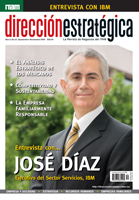
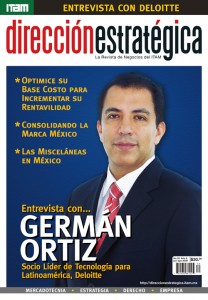

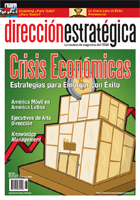
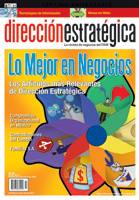


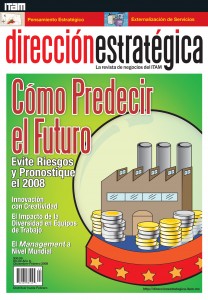


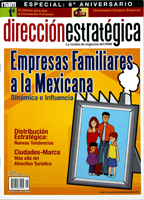
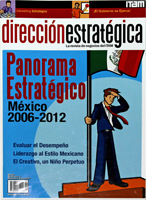
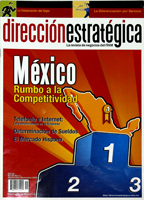
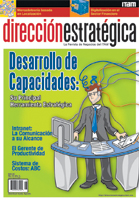
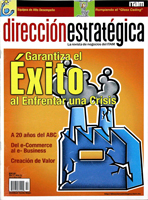
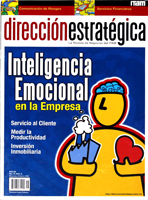
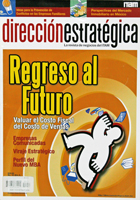
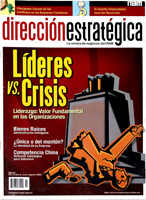



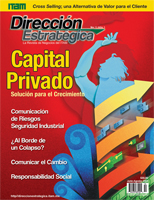

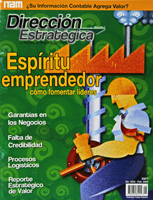
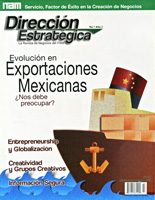
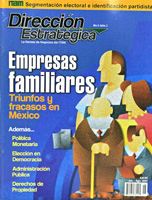

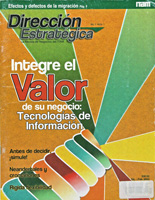
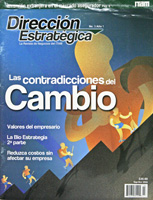
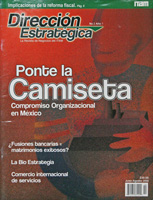
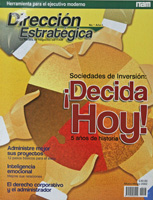
One Comment
Srita. Mònica: Atentamente quiero patentizarle mis sinceros agradecimiento por su investigación, quiero contarle, antes de leer su publicación había pasado varias horas y no hubo modo de encontrar el enfoque que tan atinadamente le da al articulo, ésto me permitió cumplir un compromiso académico, por lo que le reitero mi agradecimiento. Atte. Otto Gonzàlez